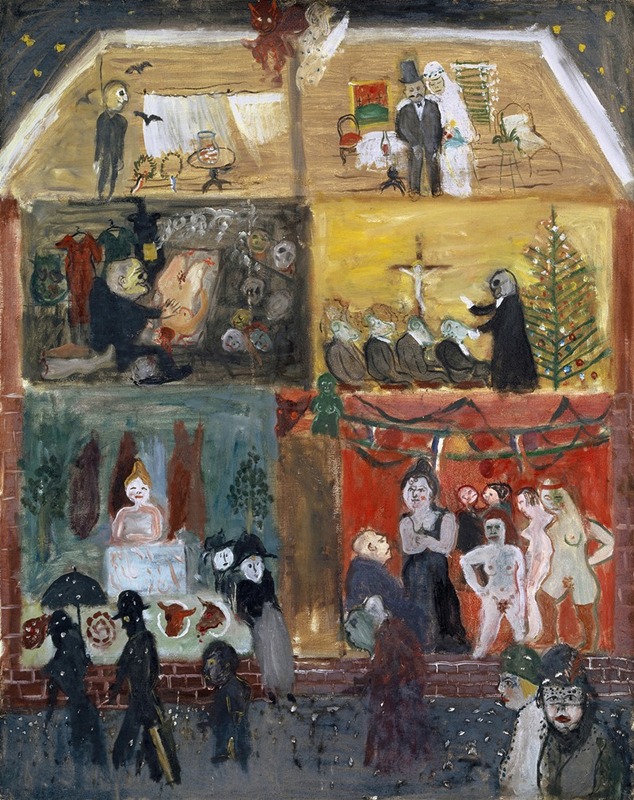
Cross Section of a House
A hand-painted replica of Walter Kurt Wiemken’s masterpiece Cross Section of a House, meticulously crafted by professional artists to capture the true essence of the original. Each piece is created with museum-quality canvas and rare mineral pigments, carefully painted by experienced artists with delicate brushstrokes and rich, layered colors to perfectly recreate the texture of the original artwork. Unlike machine-printed reproductions, this hand-painted version brings the painting to life, infused with the artist’s emotions and skill in every stroke. Whether for personal collection or home decoration, it instantly elevates the artistic atmosphere of any space.
Walter Kurt Wiemken was a Swiss painter known for his contributions to the New Objectivity movement, which emerged in Germany in the 1920s as a reaction against expressionism. This movement was characterized by a realistic style combined with a focus on the objective world, often highlighting the mundane aspects of everyday life. Wiemken's work often reflected these themes, capturing the essence of the era with a keen eye for detail and social commentary.
"Cross Section of a House" is one of Wiemken's notable works, although specific details about the painting, such as its creation date or current location, are not widely documented. The painting is often associated with the New Objectivity movement due to its realistic portrayal and the way it captures the intricacies of domestic life. The artwork provides a glimpse into the interior of a house, offering viewers a detailed look at the various rooms and the activities taking place within them. This cross-sectional view allows for an exploration of the private and public spheres of life, a common theme in New Objectivity art.
The painting's composition is meticulous, with each room depicted in a way that highlights the daily routines and interactions of its inhabitants. This approach not only showcases Wiemken's technical skill but also his interest in the social dynamics of the time. By presenting a house in cross-section, Wiemken invites viewers to consider the interconnectedness of different aspects of life and the way they coexist within a single structure.
Wiemken's work, including "Cross Section of a House," is often noted for its clarity and precision. His paintings typically feature clean lines and a subdued color palette, which serve to emphasize the realism and objectivity of the scenes depicted. This style aligns with the broader goals of the New Objectivity movement, which sought to present an unembellished view of reality, often with an underlying critique of contemporary society.
While specific exhibitions or collections featuring "Cross Section of a House" are not well-documented, Wiemken's work has been recognized and appreciated within the context of Swiss and European art history. His contributions to the New Objectivity movement have been acknowledged in various retrospectives and art historical studies, which explore the impact and significance of this artistic period.
In summary, "Cross Section of a House" by Walter Kurt Wiemken exemplifies the New Objectivity movement's focus on realism and social commentary. Through its detailed depiction of domestic life, the painting offers insight into the everyday experiences of its time, reflecting Wiemken's skill and the broader artistic trends of the early 20th century. Despite limited specific information about the painting, its thematic and stylistic elements continue to resonate within the context of art history.





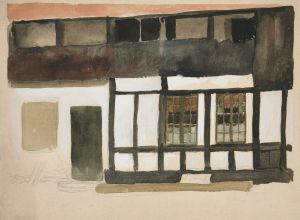
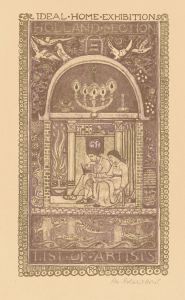
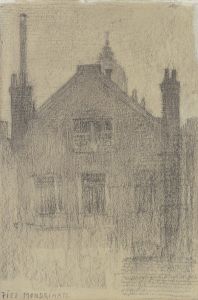
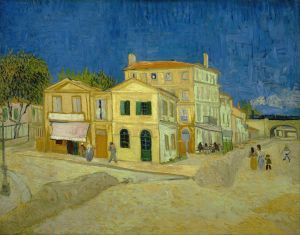
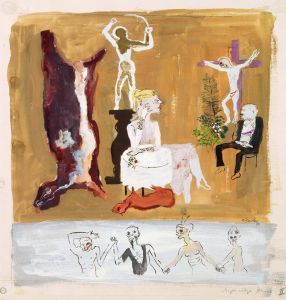
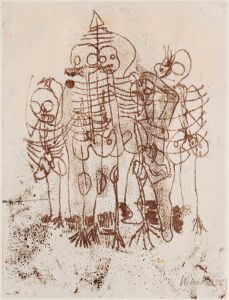



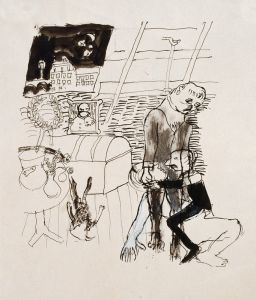
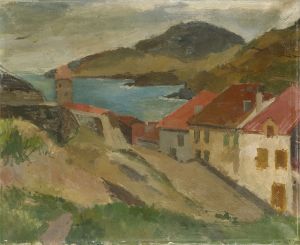
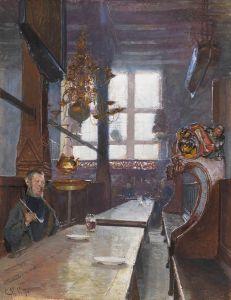
![Designs for Shellball Apartments, 8300 Talbot St. at Lefferts Blvd., Kew Gardens, New York, NY.] [Perspective drawing of lobby](/imgs/249322/s/winold-reiss-designs-for-shellball-apartments-8300-talbot-st-at-lefferts-blvd-kew-gardens-new-york-ny-perspective-drawing-of-lobby-e19c70e0.jpg)